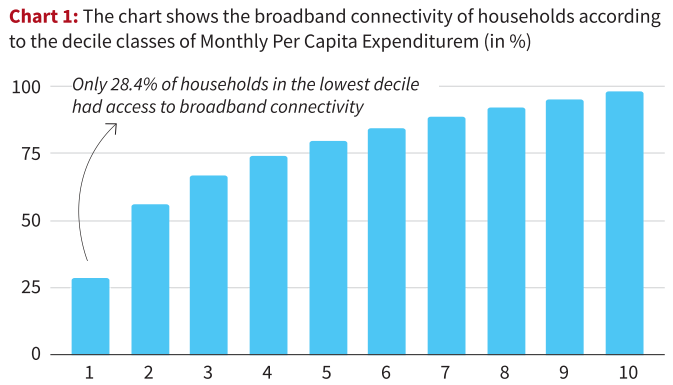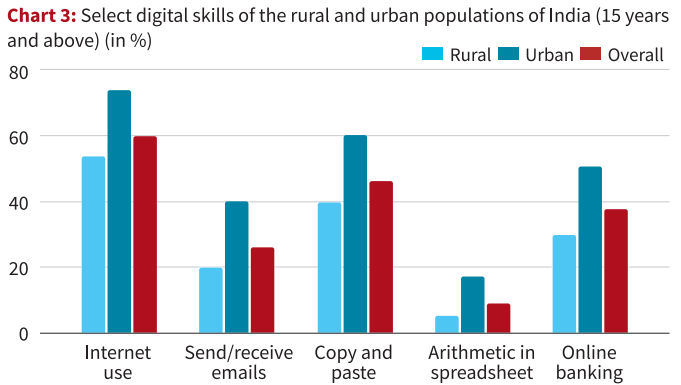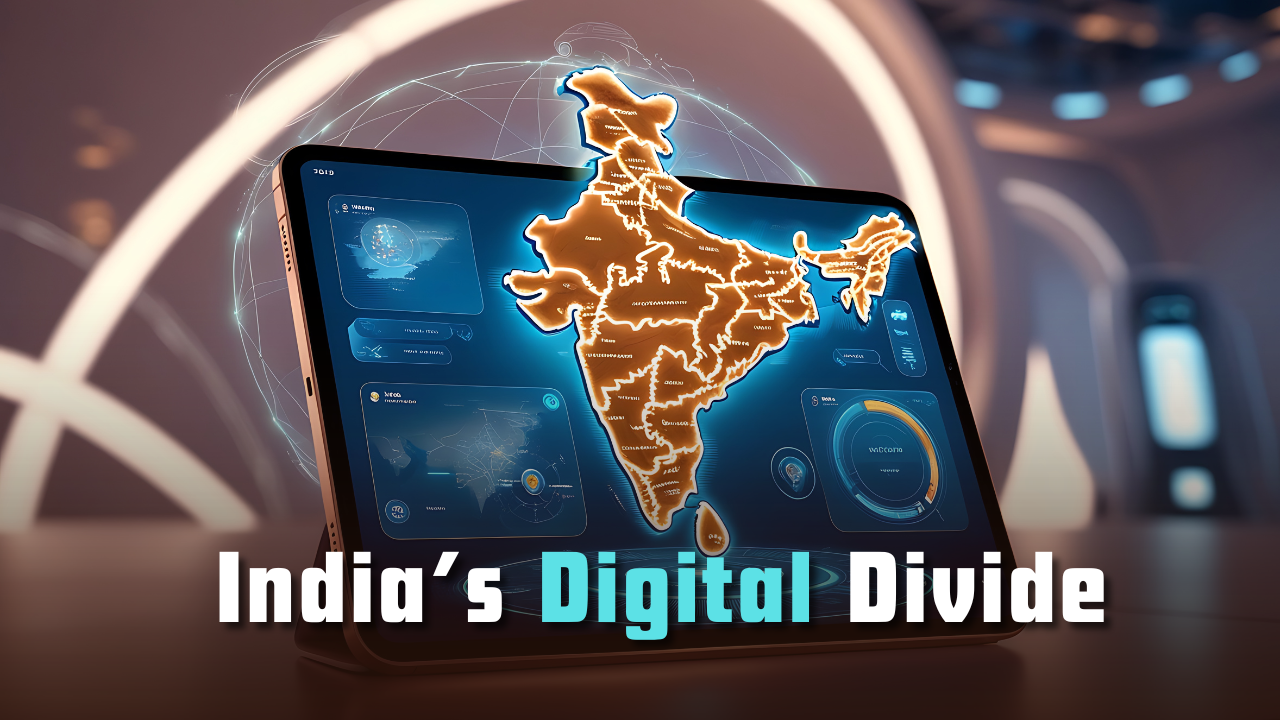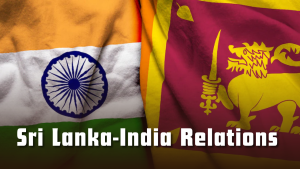Font size:
Print
India’s Digital Divide
Analysing Internet access and digital skills in India
Context: India, One of the central targets of the United Nations Sustainable Development Goals (SDG 4) is to ensure inclusive and equitable quality education.
More on News
- Two critical sub-targets under this goal—Target 4.4.1 and Target 4.4.2—emphasise the importance of Information and Communication Technology (ICT) skills and digital proficiency among youth and adults.
- To achieve this, access to digital infrastructure and a comprehensive assessment of digital skills are essential.
- For the first time, India has access to robust nationwide data on digital access and skills, thanks to the National Sample Survey Office’s (NSSO) Comprehensive Annual Modular Survey (CAMS), conducted between July 2022 and June 2023.
- Covering 3.02 lakh households and 12.99 lakh individuals, CAMS is the country’s first large-scale survey focusing on digital technology usage across demographics.

Broadband Access in India: A Growing but Uneven Landscape
- National: At a national level, 76.3% of Indian households now have broadband Internet.
- Urban-Rural: While urban India boasts 86.5% connectivity, rural areas are not far behind with 71.2%—signalling widespread Internet penetration.
- However, this digital expansion is marked by stark inequalities across states, castes, income groups, and genders.
State-Level Disparities
- States like Delhi, Goa, Mizoram, Manipur, Sikkim, Haryana, and Himachal Pradesh lead with over 90% of households having broadband access.
- In contrast, West Bengal (69.3%), Andhra Pradesh (66.5%), Odisha (65.3%), and Arunachal Pradesh (60.2%) lag behind.
Caste and Class Divide in Broadband Connectivity
- General category households: 84.1% have broadband access
- OBCs: 77.5%
- Scheduled Castes (SCs): 69.1%
- Scheduled Tribes (STs): 64.8%

Income and the Digital Divide
The CAMS report highlights a strong correlation between monthly per capita consumption expenditure (MPCE) and broadband access:
- In the lowest income decile, 71.6% households lack broadband.
- In the top decile, only 1.9% lack access.
- Even in the second-lowest decile, 56.2% of households are connected.
- These findings affirm that economic status is a major determinant of digital inclusion.
- To bridge this gap, the government could consider broadband subsidies for lower-income households, positioning Internet access as a basic utility alongside water and electricity, as advocated by the Digital India initiative.
Mobile Connectivity: High Reach, Low Empowerment
While 94.2% of rural and 97.1% of urban households have mobile or telephone connections, individual access and usage paint a different picture.
- Mobile phone usage (15+ age group):
-
- Urban: 92.4%
-
- Rural: 83.9%
- However, when focusing on exclusive mobile usage with active SIMs for calls or Internet, the gender and caste gaps become apparent:
-
- General category rural women: Only 25.3%
-
- General category urban women: 51.2%
-
- SCs, STs, and OBCs fare worse across both genders and regions.
India’s Struggle with 4G and 5G Adoption
Despite widespread buzz about 5G networks, CAMS data shows that:
- Just over half of rural India uses 4G connectivity
- Over 70% of urban users rely on 4G
- 40.4% of the population still uses outdated mobile technology
- 5G adoption remains negligible
- This digital infrastructure gap poses a serious challenge to achieving equitable digital empowerment.
Moving Toward Inclusive Digital Literacy
- Digital literacy needs to go beyond mere access to focus on functional usage.
- Subsidised broadband for low-income groups could significantly reduce the access gap.
- Special programs for women and socially disadvantaged groups can foster inclusive digital participation.
Subscribe to our Youtube Channel for more Valuable Content – TheStudyias
Download the App to Subscribe to our Courses – Thestudyias
The Source’s Authority and Ownership of the Article is Claimed By THE STUDY IAS BY MANIKANT SINGH



